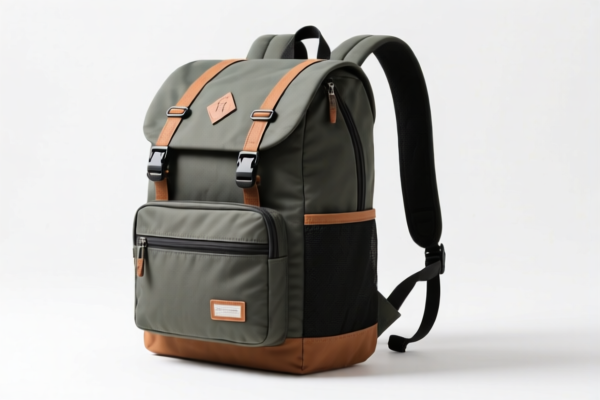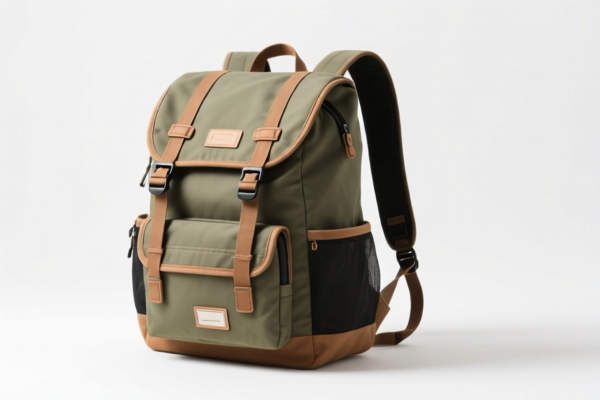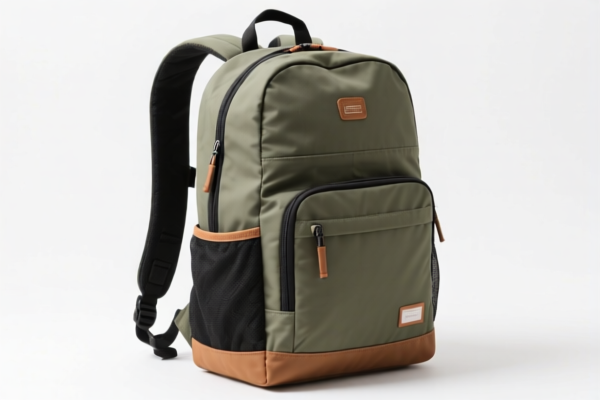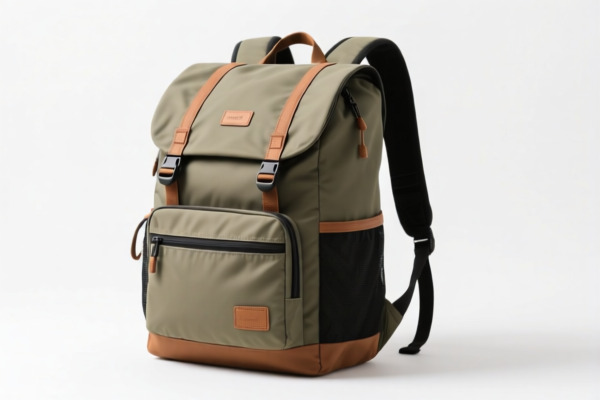| HS Code | Official Doc | Tariff Rate | Origin | Destination | Effective Date |
|---|---|---|---|---|---|
| 9620005000 | Doc | 60.3% | CN | US | 2025-05-12 |
| 9620007000 | Doc | 57.5% | CN | US | 2025-05-12 |
| 9617006000 | Doc | 37.2% | CN | US | 2025-05-12 |
| 3926903300 | Doc | 36.5% | CN | US | 2025-05-12 |
| 3926909989 | Doc | 42.8% | CN | US | 2025-05-12 |
| 3923900080 | Doc | 58.0% | CN | US | 2025-05-12 |
| 6114909070 | Doc | 35.6% | CN | US | 2025-05-12 |
| 6114909040 | Doc | 35.6% | CN | US | 2025-05-12 |




Hydration Backpack
A hydration backpack, also known as a hydration pack, is a specialized backpack designed to carry water hands-free, typically used during activities like hiking, running, cycling, skiing, and other outdoor pursuits. It integrates a water reservoir (typically a bladder) into the backpack, along with a drinking tube and bite valve for convenient hydration on the move.
Material
Hydration backpacks are constructed from a variety of materials, balancing durability, weight, and water resistance. Common materials include:
- Nylon: A widely used synthetic fabric known for its strength and abrasion resistance. Different denier (thread count) nylon fabrics are used depending on the intended use; higher denier numbers indicate greater durability. Ripstop nylon is often employed to prevent tears from spreading.
- Polyester: Another synthetic fabric offering good durability and water resistance. It is generally less expensive than nylon.
- TPU (Thermoplastic Polyurethane) / PEVA (Polyethylene Vinyl Acetate): Used for the water reservoir itself, these materials are flexible, BPA-free, and taste-free.
- Mesh: Used on back panels and shoulder straps for ventilation and comfort.
- Foam: Used for padding on back panels and shoulder straps to provide cushioning and improve fit.
Purpose
The primary purpose of a hydration backpack is to allow users to carry and consume water easily and conveniently while engaged in physical activity, without needing to stop and remove a water bottle. This promotes consistent hydration, enhancing performance and preventing dehydration.
Function
- Water Reservoir: The core component, typically ranging in capacity from 1.5 to 3 liters, stores the water. It often features a wide opening for easy filling and cleaning.
- Drinking Tube: A flexible tube connects the reservoir to the bite valve, allowing the user to drink without removing the backpack.
- Bite Valve: A mouthpiece with a valve that allows water to flow when bitten or squeezed. Many bite valves have a dust cover to protect against contamination.
- Backpack Compartments: Most hydration backpacks include additional compartments for carrying essentials such as snacks, extra clothing, tools, and first-aid supplies.
- Harness System: Shoulder straps, waist belts, and sternum straps distribute the weight of the pack and reservoir comfortably and securely.
- Ventilation: Back panels are often designed with ventilation channels or mesh to promote airflow and reduce sweating.
Usage Scenarios
- Hiking & Backpacking: Essential for carrying water on longer trails.
- Running & Trail Running: Allows runners to stay hydrated without slowing down.
- Cycling & Mountain Biking: Convenient for carrying water on rides.
- Skiing & Snowboarding: Provides a hands-free hydration solution in cold weather.
- Rock Climbing: Allows climbers to stay hydrated without interrupting their ascent.
- Motorcycling/ATV Riding: Offers a convenient hydration solution for riders.
Common Types
- Small Profile Backpacks (Under 8L): Designed for shorter activities, typically used for running or cycling. Focus on minimal weight and streamlined design.
- Mid-Size Backpacks (8-20L): Versatile packs suitable for hiking, trail running, and mountain biking. Offer a balance of water capacity and storage space.
- Large Backpacks (Over 20L): Designed for longer hikes or backpacking trips. Offer larger water capacity and ample storage space for gear.
- Tactical Hydration Backpacks: Rugged packs designed for military or law enforcement use. Often feature MOLLE webbing for attaching accessories.
- Insulated Hydration Backpacks: Feature insulation to keep water cool for extended periods.
Hydration backpacks are designed for carrying liquids, typically water, and are often used during activities like hiking, cycling, or other outdoor pursuits. They consist of a reservoir (usually made of plastic) and a carrying system, often incorporating additional storage compartments.
The following HS codes may be relevant based on the provided reference material:
- 3923900080: Articles for the conveyance or packing of goods, of plastics; stoppers, lids, caps and other closures, of plastics: Other Other. This code covers articles of plastics used for packing goods, which could include the plastic reservoir within the hydration backpack. The total tax rate is 58.0% (基础关税: 3.0%, 加征关税: 25.0%, 2025.4.2后加征关税: 30%).
- 3926903300: Other articles of plastics and articles of other materials of headings 3901 to 3914: Other: Beads, bugles and spangles, not strung (except temporarily) and not set; articles thereof, not elsewhere specified or included: Handbags. While primarily for handbags, this code could apply if the backpack component is significantly made of plastic and resembles a handbag in construction. The total tax rate is 36.5% (基础关税: 6.5%, 加征关税: 0.0%, 2025.4.2后加征关税: 30%).
- 3926909989: Other articles of plastics and articles of other materials of headings 3901 to 3914: Other: Other. This is a broad category for other plastic articles not specifically classified elsewhere. If the backpack doesn't fit neatly into other plastic article categories, this code may be applicable. The total tax rate is 42.8% (基础关税: 5.3%, 加征关税: 7.5%, 2025.4.2后加征关税: 30%).
It is important to note that the final classification will depend on the specific materials used and the overall construction of the hydration backpack. If the backpack is primarily made of textile materials, other HS codes not listed here may be more appropriate.
Customer Reviews
No reviews yet.